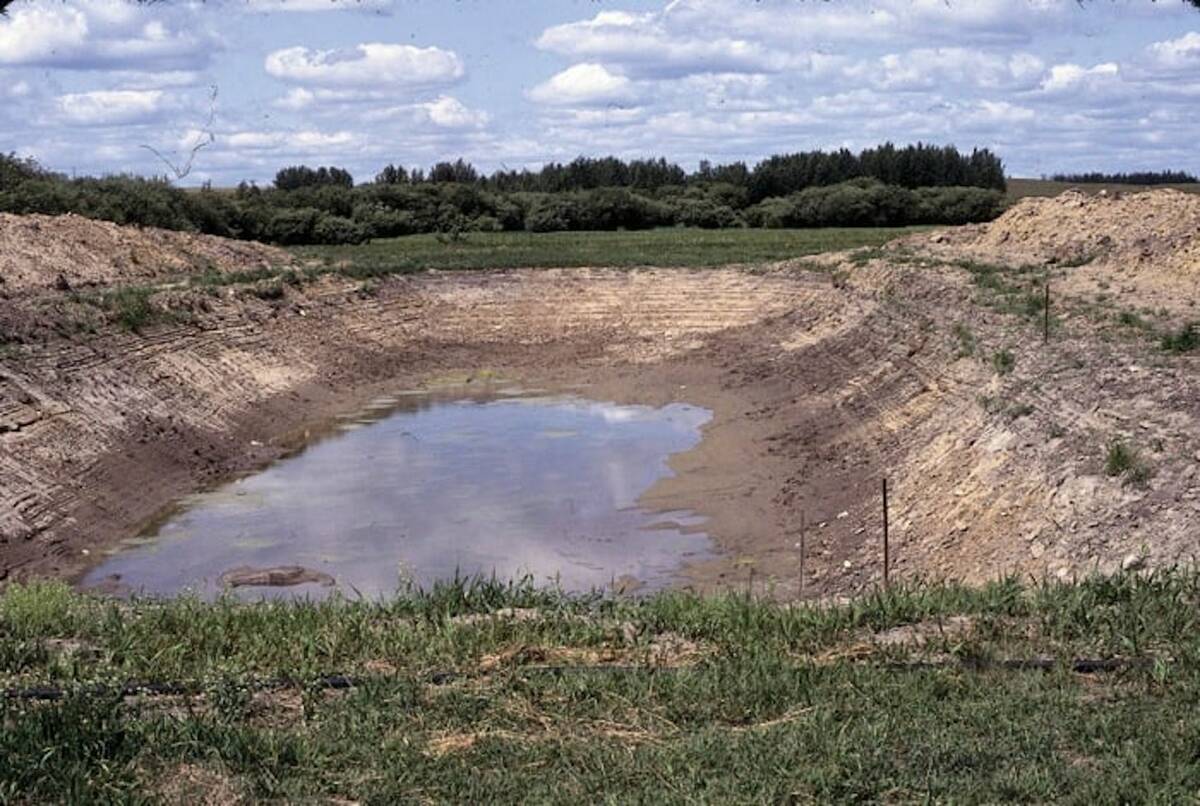SMITHERS, B.C. – Canada still relies too heavily on a single market to buy its beef.
That market is the United States and the past year has been fraught with trade disputes because the Americans accuse Canada of dumping, selling beef into the U.S. below the cost of production or Canadian market prices.
“The development of Asia and Mexico as export markets would significantly decrease our marketing risks while at same time providing new demand, growth and prosperity,” said Larry Sears, chair of the Canada Beef Export Federation
Read Also

Dry summer conditions can lead to poor water quality for livestock
Drought conditions in the Prairies has led to an decrease in water quality, and producers are being advised to closely monitor water quality for their animals.
“Market access challenges in any other markets aren’t as potentially harmful,” he said at the British Columbia Cattlemen’s Association annual meeting held here May 27-29.
About half of Canada’s production is destined for the export market. Strong sales have kept the industry healthy but have opened it to trade disputes when the majority of the cattle and beef went to the U.S.
Last year Canadian exports reached $2.6 billion. Beef went into the U.S., Russia, Cuba, Taiwan, China, Japan, Mexico and other Asian countries, said Anne Dunford, market analyst for Canfax.
“Every year we’re setting a new record,” said Dunford.
Net exports are 38 percent because Canada brings in beef from countries like Australia, New Zealand and the U.S.
Last year exports increased to Asia and Mexico. Canada has outpaced its largest competitors, the U.S. and Australia, which saw only four percent growth.
For the first three months of 1999, strong Canadian sales continue despite economic problems in Asia, said Sears. Mexico is an opportunity market because it takes cuts that were otherwise ground into lesser value items.
The export federation has established goals for selling beef to some key markets.
By 2000, Canada wants to capture four percent of Japan’s import market. This is the equivalent of 36,000 tonnes of beef worth $165 million, or 216,000 head.
Projections for this year are 30,000 tonnes.
In 1998, Canada sold Japan 22,000 tonnes worth $91 million. Improvements have been recorded every year since 1990 when Canada began to aggressively pursue this major market.
Canadian beef tends to go to fast food and barbecue restaurants. A lesser amount sells as retail beef.
South Korea stumbled under its economic difficulties starting in December 1997 so sales were down in 1998. But beef exports have turned around. Next year Canada wants to hold four percent of the South Korean imported beef market, or 10,000 tonnes worth $38 million.
Taiwan is another potential buyer in spite of soft demand this year. The federation hopes to win six percent of the imported beef market. That means 4,000 tonnes worth $21 million.
Negotiations are proceeding to get Taiwan to recognize Canada AAA and AA as the equivalent of American grades of Choice and Prime.
In Hong Kong, considered a gateway to China, Canada wants five percent of the market, or 5,500 tonnes, with about 3,000 tonnes staying in Hong Kong and the remainder routed to China.

















